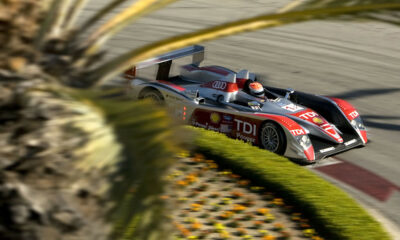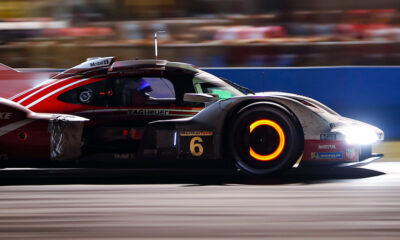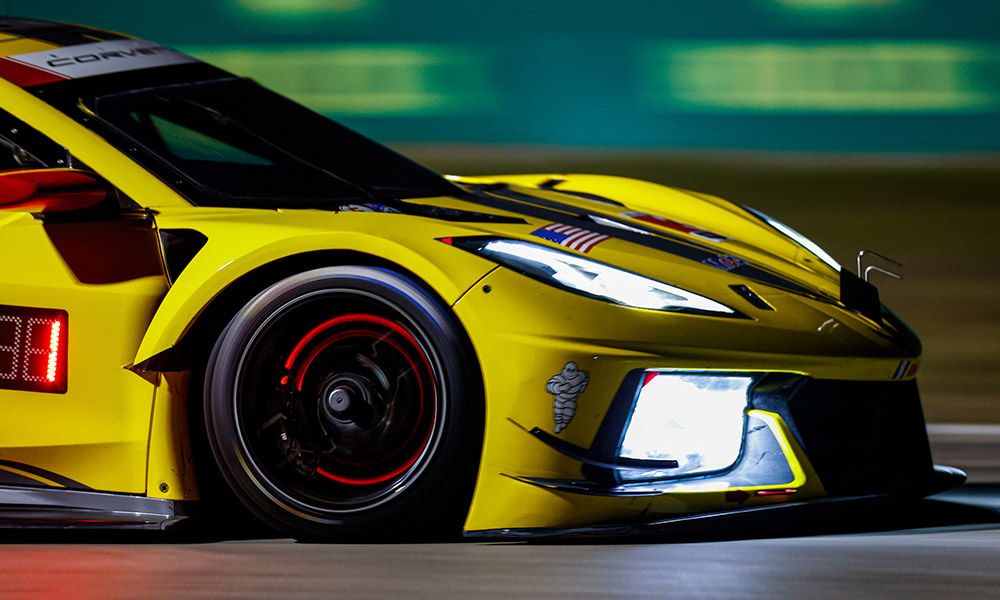
Photo: Jake Galstad/IMSA
Founded in 1889, Michelin, the most awarded tire maker in the U.S., knows that long term success is a combination of big picture thinking and attention to detail.
Michelin’s big picture view includes a strong commitment to sustainability, with a goal of reaching 100 percent sustainable materials in all tires by 2050.
Corvette Racing, now in its 20th season with Michelin, will help demonstrate Michelin’s commitment and consistent progress to sustainability, as the No. 3 Corvette C8.R will make a run fitted with the latest 53 percent renewable Michelin tire.
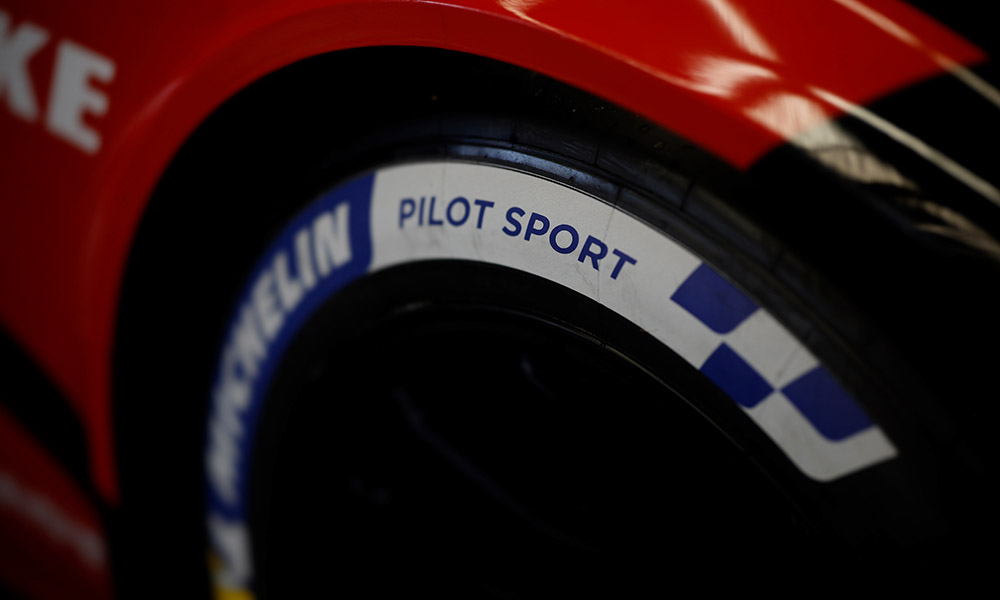
Photo: Mike Levitt/IMSA
Making Each Set Count
As part of a shared commitment to sustainability with IMSA, its manufacturers, teams, and energy providers, the number of tires available to teams has been significantly reduced for the 2023 IMSA WeatherTech Championship season.
Through the season-opening 24 Hours of Daytona, 12 Hours of Sebring, 100 minutes of Long Beach and now, Laguna Seca, the Michelin/IMSA allocations for the top prototype class will have been reduced from 360 tires per car in 2022 to 236 tires per car for the same four races.
For WeatherTech Raceway Laguna Seca, the WeatherTech Championship GTP and LMP2 entries are allocated six sets of the proprietary new Michelin Pilot Sport Soft High Temperature (SHT) range double stint tires for the weekend.
Just three sets of tires are available for qualifying and the two hour and forty-minute race.
The No. 6 Porsche Penske Motorsports 963 won the recent 100-minute Acura Grand Prix of Long Beach on a single set of Michelin tires.
The reduced allocations make tires an important part of team strategies over the entire event weekend. Those strategies, which can quickly change as the weekend unfolds, will be put to the test by the high wear track surface.
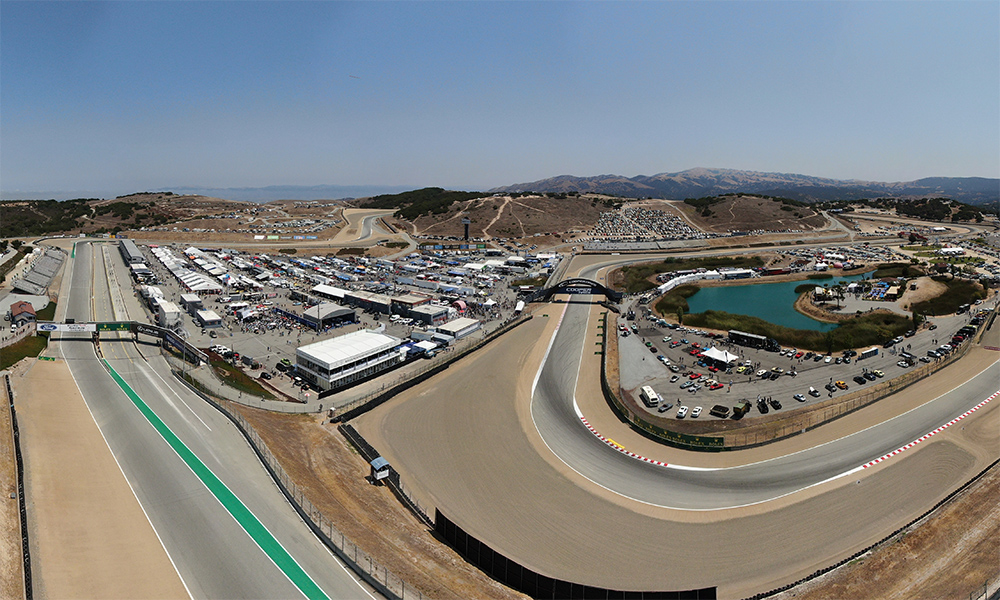
Photo: WeatherTech Raceway Laguna Seca
Tracking the Track
Michelin engineers have monitored the 2.238-mile track’s changing surface since its 2007 repaving. The surface has evolved from its initial high grip level, through a time of gradual wear to a smooth, polished, lower grip surface, and on to its current exposed, abrasive state.
Originally scheduled to be repaved this spring, but delayed due to heavy rains, the track surface will be repaved following the race.
Managing Tires Will Be Key
“The old track surface takes a toll on tires, especially on the rear of the car,” said Michelin WeatherTech series manager Hans Emmel.
“Managing the tires through car set-up, traction control mapping, and driving style to protect the rear tires will be key to each stint performance and finding the best use of the three available sets of tires.”



















